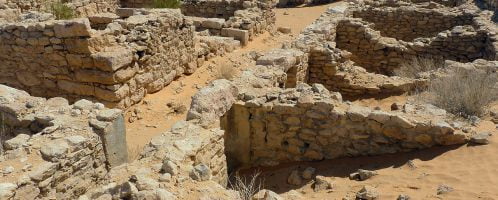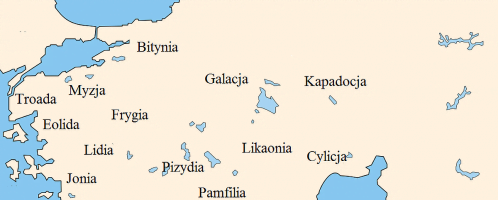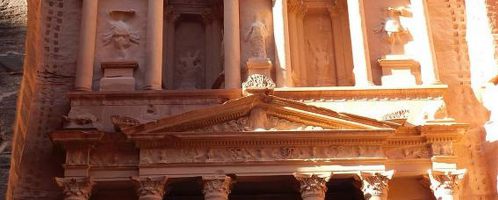Border between Rome and Garamantes – Limes Tripolitanus
The most famous Roman fortifications are the border fortifications in Europe, such as Hadrian’s wall and Antoninus in Britain, Upper Germanic-Rhaetian limes in southern Germany, Lower Germanic-Rhaetian limes on the Rhine in today’s Germany and the Netherlands. There was Limes Sarmaticus on the Danube, border fortifications were also built in Dacia and the Crimea.







